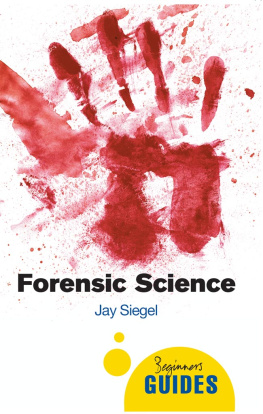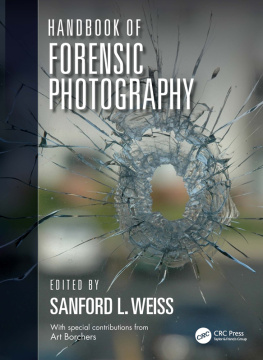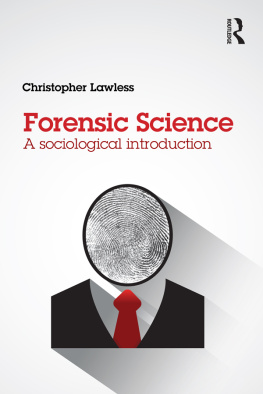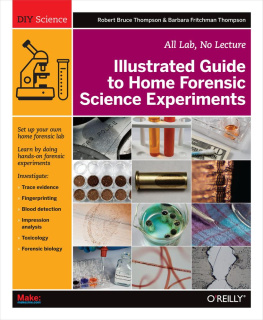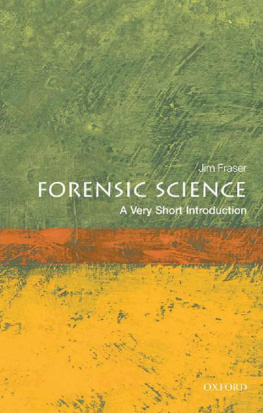
ONEWORLD BEGINNERS GUIDES combine an original, inventive, and engaging approach with expert analysis on subjects ranging from art and history to religion and politics, and everything in between. Innovative and affordable, books in the series are perfect for anyone curious about the way the world works and the big ideas of our time.
anarchism
anticapitalism
artificial intelligence
the bahai faith
the beat generation
biodiversity
bioterror & biowarfare
the brain
the buddha
censorship
christianity
cloning
crimes against humanity
criminal psychology
critical thinking
daoism
democracy
dewey
dyslexia
energy
engineering
evolution
evolutionary psychology
existentialism
fair trade
forensic science
genetics
global terrorism
hinduism
humanism
islamic philosophy
lacan
life in the universe
machiavelli
mafia & organized crime
marx
medieval philosophy
NATO
oil
the palestineisraeli conflict
paul
philosophy of mind
philosophy of religion
postmodernism
psychology
quantum physics
the quran
racism
religion
the small arms trade
sufism


A Oneworld Paperback Original
Published by Oneworld Publications 2009
Reprinted in 2012
This ebook edition published in 2012
Copyright Jay Siegel 2009
The right of Jay Siegel to be identified as the Author of this work has been asserted by him in accordance with the Copyright, Designs and Patents Act 1988
All rights reserved
Copyright under Berne Convention
A CIP record for this title is available
from the British Library
ISBN 9781851686582
ebook ISBN 9781780741567
Typeset by Jayvee, Trivandrum, India
Cover design by Simon McFadden
Oneworld Publications
185 Banbury Road
Oxford OX2 7AR
England
www.oneworld-publications.com
Stay up to date with the latest books, special offers, and exclusive content from Oneworld with our monthly newsletter
Sign up on our website
www.oneworld-publications.com
To Sam and Paul: A father could never hope for better children. My pride in you is boundless
To Nick for finding Sam and making her happy
To Tommy: Enjoy your life. It happens so fast
Preface
Forensic science seems to be everywhere these days. The phenomenal popularity of television shows, books, and movies has raised public awareness of science and forensic science worldwide. Most important have been revelations about forensic science in real, notorious cases. DNA typing has helped police and courts all over the world convict the guilty and exonerate the innocent. In some of these cases forensic science has not functioned correctly and miscarriages of justice have resulted. Cold cases have become part of the lexicon. The popularity of forensic science in the criminal justice system has caused crushing backlogs of cases and long turnaround times. Sometimes police have to wait months for laboratory reports. In the US alone there is a backlog of more than a half million cases.
This publicity has led to many perceptions and misperceptions about forensic science. I wrote this book for the public to tell the story of what forensic science really is and what it isnt. The book is not an expose with a lot of sensational or lurid cases. It is not a celebration of my career. On the contrary, it is a straightforward discussion of the practice of forensic science with chapters on most of the most common applications of science to the law. It is my hope that the reader will come away with an appreciation of the demanding practice of forensic science and of the people who practice it. This is a high pressure career where the results are revealed in public courtrooms worldwide, with a great deal potentially at stake in each case.
I hope you will enjoy this book and learn from it.
Jay A. Siegel
Illustrations
1
Introduction
What is forensic science?
On July 17, 1981 there was a large dance party on the ground floor of the atrium of the Hyatt Regency Hotel in Kansas City, Missouri. Many of the party-goers were dancing on walkways suspended above the lobby. Suddenly, the walkway on the fourth floor collapsed onto the one on the second floor which, in turn, collapsed onto the atrium below, killing 114 people and injuring more than 200. Engineers were called in to inspect the rubble and determine why the structures had collapsed.
In Pretoria, South Africa, police investigators found a piece of cheese in a house that had been broken into. The cheese appeared to have human bite marks in one side. A dentist matched the teeth marks to the suspect in the crime.
A man in Maryland was released from prison after serving more than eighteen years for rape. Biological evidence from the crime had been preserved and was reanalyzed using DNA typing, a technique that hadnt been developed for forensic use when the man was convicted. The forensic biologist who performed the DNA analysis declared that the biological evidence that helped convict the man could not have come from him.
In London, in 2002, the badly damaged body of a murder victim was identified when an artists reconstructed impression of his face was recognized by members of his family.
These incidents have a common thread: they all involve the use of scientific techniques and methods of analysis. But how are these being used? Scientists use scientific methods to develop clues that answer questions about criminal or civil offenses. These matters involve the public and therefore these scientists are practicing forensic science, because the root of the term forensic comes from the Latin forum, meaning a place for public discussion. Thus, a good definition of forensic science is the methods and techniques of science applied to matters involving the public. When any science is applied to a matter involving the public, it is, in that instance, a forensic science. Today, forensic science has come to mean the application of the methods and techniques of science to matters involving justice and the courts. Forensic science is a big tent: almost any science can have forensic applications.
Forensic scientists and crime laboratories
Very few movies, books or television shows depict the activities of real forensic scientists, although television broadcasts of real events, such as the O.J. Simpson trial, give the viewers a glimpse into the criminal investigation process and the activities of forensic scientists. Crime scene investigation will be discussed in detail in Chapter 2. Here, we will look at what forensic scientists do and how they do it. We will also look briefly at the culture of the crime laboratory and how that affects forensic scientists activities.
Next page
